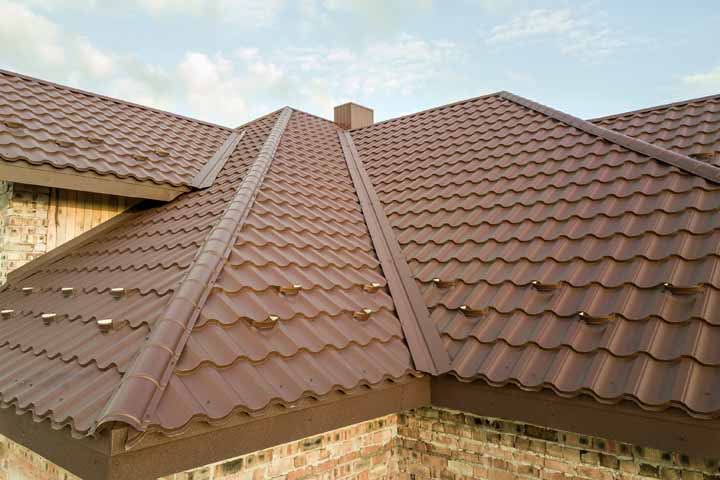What are the Pros and Cons of Fiber Cement Siding?
What is Cut Fiber Cement Siding and What are its Benefits? Fiber cement siding is a building material that has … Read More →

When it comes to roofs, the term “pitch” has two different meanings. For the large majority, when they are talking about pitch, they are referring to how steep a roof is. Roofing contractors and carpenters tend to refer to this as the slope of the roof and consider pitch as an actual measurement to describe the overall dimensions based on the rise and run of your roof. These calculations are invaluable when considering roof repairs and replacements.
You can easily find a roof slope calculator online – but there is quite a benefit to ensuring your numbers are accurate. Before you begin, it is a good idea to measure 12 inches on your carpenter’s level and mark it clearly. Many levels already have a ruler, but this makes it easier to see the mark. You can also lock your tape measure in an extended position before you start.
The easiest way to measure the slope of your roof would be to access the truss system or measure the rafter length in your attic. This also tends to be the more accurate method, as uneven roof tiles aren’t a problem. The overhang of a rafter at the end of your roof or the barge rafter at the side of the gable will also work.
How to calculate roof pitch from the outside starts by confirming that your roof is safe to walk on. You’ll need a ladder to get safely up to the roof, as well as a carpenter’s level, tape measure, paper, and a thick marker.
It is a good idea to place all these in a bucket so your hands stay free and nothing can roll or slide away. Do not walk on the roof if it is wet or icy, clearly damaged, or very steep. It is also a bad idea to walk on slate roofs. Now you can begin.
You will need to start by finding the slope of your roof using one of the two methods described above. Technically, the pitch of your roof is the ratio of the total vertical roof rise to the total horizontal run from wall to wall (span). You generally won’t need to measure the pitch of your roof, but it is a good idea to understand what it is.
This method is also how you calculate roof pitch in degrees. If the total vertical rise of your roof (from the top of your walls to the ridge or apex of the roof) is 8 feet, and the entire span (width or length across the ridge) is 32 feet, then your pitch would be “8 to 32.”
This can be simplified to “1 to 4” or “1/4.” You may need to do this section by section for more complex roofs, and it is highly advisable to use one of the many free online roof pitch calculators available today.

Trying to calculate the slope of your roof by yourself can be a headache. There are a few different ways to measure the slope of your roof, but the most common is inches per foot. This is the number of inches that your roof rises for every foot that it extends. Another way to measure the slope of your roof is with degrees.
The angle in degrees of your roof will determine how steep or flat it is. A flat roof has a very low angle, while a steep roof has a high angle. If you’re not sure how to measure the slope of your roof, you can always ask the professionals at JET Contracting for help. We have over 20 years of combined experience in the industry and can help you get the job done right. From gutters to siding and more – contact our team to learn about how we can help you.
What is Cut Fiber Cement Siding and What are its Benefits? Fiber cement siding is a building material that has … Read More →
Extend the Life of Your Roof System Commercial roofs are often exposed to harsh weather conditions and need regular maintenance … Read More →
It’s Important to Clean Your Gutters Regularly Gutters play an important role in protecting your home from water damage. They … Read More →